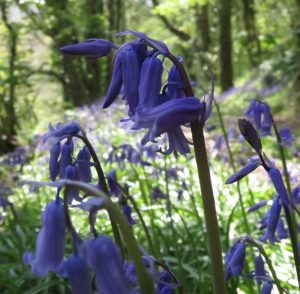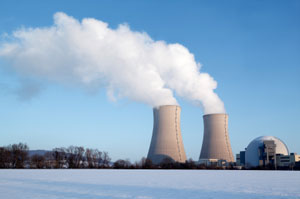Types of Woodland
There are three general types of woodland that you may like to own:
Mixed Deciduous
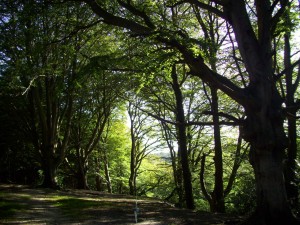
This may be oak, ash, beech, chestnut, silver birch, willow, sycamore or a mixture of any or all of these. Part of your wood may be mature; high crowns giving massive shade, with consequently almost clear ground underneath. Here you get clear views, and can walk around freely. Other parts may be less mature - perhaps recently felled and replanted - and will repay loving attention. Some areas may still need replanting, a very satisfying task. Mature timber, carefully marketed, fetches a good price, and due to the increased use of wood as fuel, its market value has recently increased significantly.
Coniferous
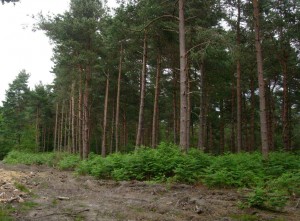 These are usually in 'plantations'. The whole wood may contain a single species or perhaps two or three types. If these are well managed and have already been thinned the ground under the trees will be almost clear and wonderful for walking round. The smell is delicious. All year round the needles are green and luxuriant. The timber grows quickly and thinnings can and should be taken and used or sold every few years to make way for the final crop of mature trees.
These are usually in 'plantations'. The whole wood may contain a single species or perhaps two or three types. If these are well managed and have already been thinned the ground under the trees will be almost clear and wonderful for walking round. The smell is delicious. All year round the needles are green and luxuriant. The timber grows quickly and thinnings can and should be taken and used or sold every few years to make way for the final crop of mature trees.
Coppice
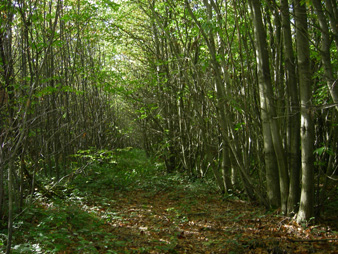
When a young deciduous tree is cut down, it tends to sprout new shoots from the remaining trunk. These coppice shoots grow very much more rapidly than a newly planted tree, having the benefit of an existing root system. Within a few years the poles are long enough and thick enough to be cut and used for fencing, firewood, or minor building work. A new crop of shoots springs from the root, or stool, and the process can be repeated every 12-20 years.
Throughout history coppice poles have been the main product of woodland. 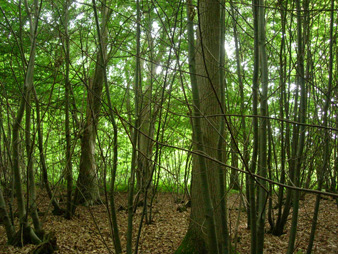 Amongst the coppice, some trees (usually oaks) have been allowed to grow on to maturity, for big timber. Now that we have power tools to enable us to handle and deal with timber, coppice is less important, but many woods are still of this type. The existing coppice that you will find is mainly chestnut, or hornbeam, or hazel. Amongst the coppice you will probably find holly, which was used in time past for fodder for cattle, and the graceful silver birch.
Amongst the coppice, some trees (usually oaks) have been allowed to grow on to maturity, for big timber. Now that we have power tools to enable us to handle and deal with timber, coppice is less important, but many woods are still of this type. The existing coppice that you will find is mainly chestnut, or hornbeam, or hazel. Amongst the coppice you will probably find holly, which was used in time past for fodder for cattle, and the graceful silver birch.
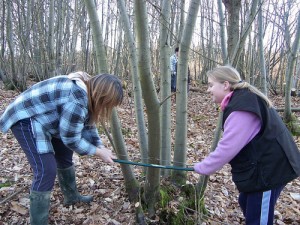 Where the coppice is cut, light again reaches the ground, and native flowers whose seeds have been dormant in the ground spring up; these provide food and breeding places for butterflies and for insects that birds consume. A coppice woodland which has been neglected lacks these, but it can easily be restored by patient and continuous coppicing.
Where the coppice is cut, light again reaches the ground, and native flowers whose seeds have been dormant in the ground spring up; these provide food and breeding places for butterflies and for insects that birds consume. A coppice woodland which has been neglected lacks these, but it can easily be restored by patient and continuous coppicing.
Ancient Woodlands
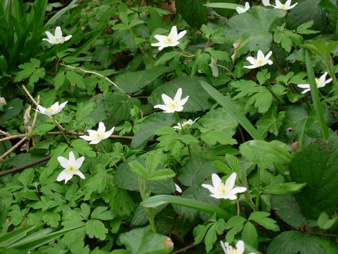
Any of the above kinds of woodland could in fact be Ancient Woodland. This is any land which has been woodland for the past 400 years (since about 1600). Many of these woodlands were managed by coppicing (or pollarding) to supply wood and wood products to local communities, so they may have coppice stools of great age, but may not contain ancient or veteran trees(tall, upstanding and very old trees).
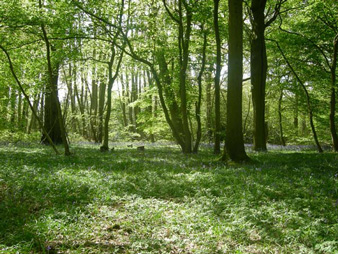
Beneath the layer of trees in any woodland, there are a number of plants in the shrub and herb layers, some of which are termed 'ancient woodland plants’. Examples of ancient woodland plants are wood anemone and wild daffodils. Such plants seldom occur outside ancient woodland and do not disperse easily; that is, they cannot migrate from one woodland to the next. In addition to these special plants, ancient woodland may also contain interesting archaeological features, such as earth banks and ditches.
During the twentieth century, the pressures for more land for farming, forestry and road construction threatened ancient woodland. It has been estimated that perhaps some 40% of ancient woodland was lost to farming and forestry in the post-war period of the last century.
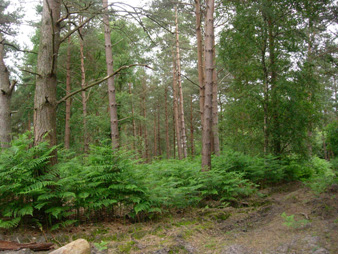
As a result of the needs of forestry, there are woodlands described as PAWS - Plantations on Ancient Woodland Sites.
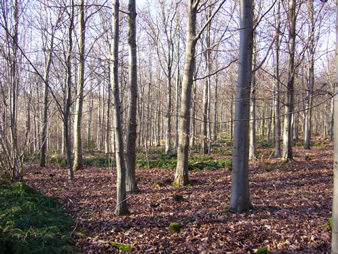
These are woods that have been planted up in the past with trees, which would not naturally grow on the site, particularly conifers. Areas like the High Weald have a number of such woodlands, and various bodies are working to return native, broad leaved trees to such sites.
